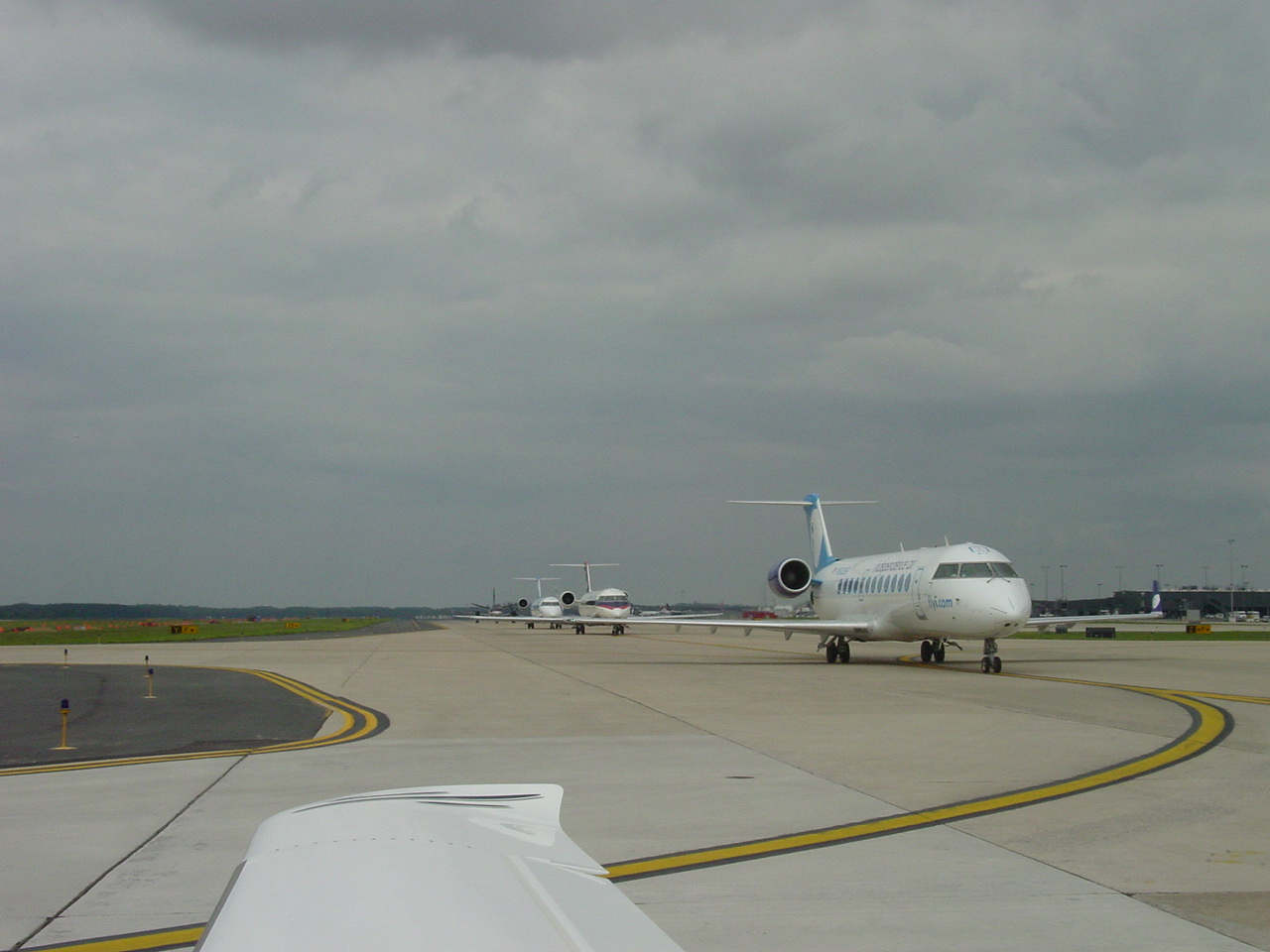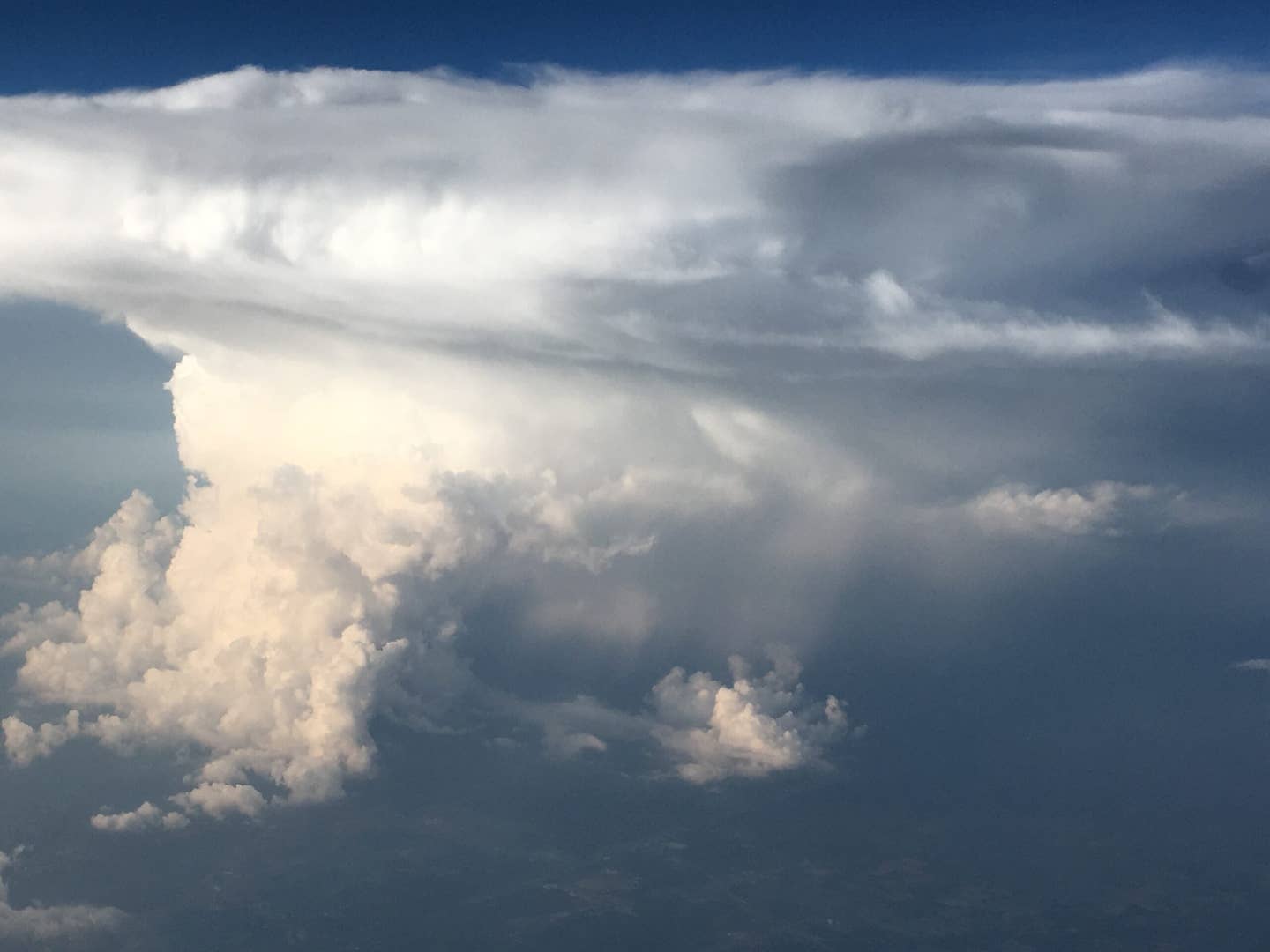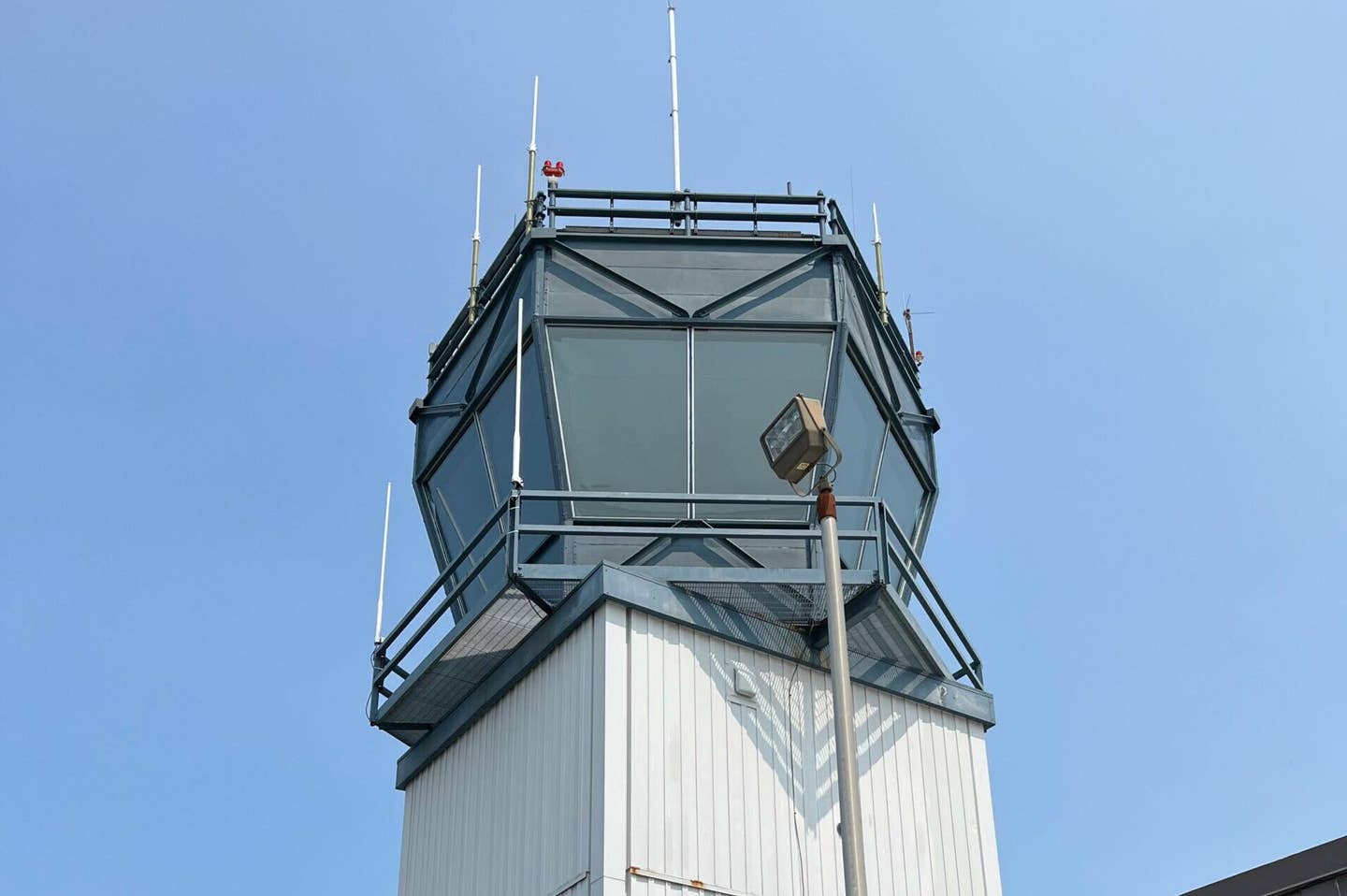What Is the Criteria for Issuing a Convective SIGMET?
Active thunderstorms must meet specific conditions before a WST is released.

When convective weather is plentiful, expect delays when departing or arriving high-impact airports. [Courtesy: Scott Dennstaedt]
Question: What is the criteria used by forecasters for issuing a convective SIGMET?
Answer: During the warm season, convective weather has a huge impact on the National Airspace System (NAS). As the amount of usable airspace diminishes on any given day, this ultimately engenders delays in the system. A departure within busy airspace usually means a delay. In the worst-case scenario, ground stops may be levied depending on route of flight and destination airport. Nevertheless, forecasters at the Aviation Weather Center (AWC) are busy at work issuing advisories to warn pilots of these dangerous convective areas.
A single-cell, pulse-type thunderstorm is normally easy to spot in the distance and maneuver around while in flight. In this situation, a deviation around such a cell does not eat into your fuel reserves. However, when thunderstorms become embedded, severe, or dense in coverage within an area or along a line, they are considered a significant en route hazard to aviation. This often requires you to plan a more circuitous route, which means carrying extra fuel than if you flew a direct route. It is in this case that an AWC forecaster will issue a convective SIGMET (WST) to “protect” this airspace.
When you hear “convective SIGMET” during your preflight briefing, don't think of it as a forecast for thunderstorms. Instead, think of it as a “NOWcast" of organized convection that may be highly challenging or dangerous to penetrate. These active thunderstorms must meet specific criteria before a convective SIGMET is issued. Areas of widely scattered thunderstorms, such as shown in the XM-delivered satellite radar image below, are generally easy to see and avoid while in flight and often do not meet convective SIGMET criteria.
Nevertheless, on any particular eight-hour shift a single forecaster at the AWC’s convective SIGMET desk looks at all of the convective activity occurring throughout the conterminous U.S. on a continual basis. On an active convective weather day, they are likely the busiest forecaster on the planet. This forecaster is given the responsibility to subjectively determine if an area or line of convection represents a significant hazard to aviation using these minimum criteria:
- A line of thunderstorms is at least 60 miles long with thunderstorms affecting at least 40 percent of its length.
- An area of active thunderstorms is affecting at least 3,000 square miles covering at least 40 percent of the area concerned and exhibiting a very strong radar reflectivity intensity or a significant satellite or lightning signature.
- Embedded or severe thunderstorm(s) are expected to occur for more than 30 minutes during the valid period regardless of the size of the area.
For reference, 3,000 square miles represents about 60 percent of the size of the state of Connecticut.
Will an advisory be issued as soon as the convection meets one or more of these criteria? Possibly. A special convective SIGMET may be issued when any of the following criteria are occurring or, in the judgment of a forecaster, expected to occur for more than 30 minutes of the valid period:
- Tornadoes, hail greater than or equal to three-quarters of an inch in diameter, or wind gusts greater than or equal to 50 knots are reported.
- Indications of rapidly changing conditions, if in a forecaster’s judgment they are not sufficiently described in existing convective SIGMETs.
However, special issuances are not the norm, especially when there is a lot of convective activity to capture. In most cases, a convective SIGMET is not issued until the convection has persisted and met the aforementioned criteria for at least 30 minutes. Given that these advisories are routinely issued at 55 minutes past the hour, any convection that has not met the criteria by 25 minutes past the hour may not be included in the routine issuance. Consequently, there are times where a dangerous line or area of developing thunderstorms could be present without the protection of a convective SIGMET. All convective SIGMETs will have a valid time of no more than two hours from the time of issuance.
- READ MORE: Surviving Thunderstorms: Cut Your Risk
Last but not least, these convective SIGMETs are often coordinated by an AWC forecaster with meteorologists at the various Center Weather Service Units (CWSUs) located throughout the country at the various Air Route Traffic Control Centers (ARTCCs). At times, a meteorologist at the CWSUs may issue a Center Weather Advisory (CWA) when building cells are approaching convective SIGMET criteria. The goal is not to duplicate advisories when possible and provide the best guidance for pilots.

Subscribe to Our Newsletter
Get the latest FLYING stories delivered directly to your inbox






